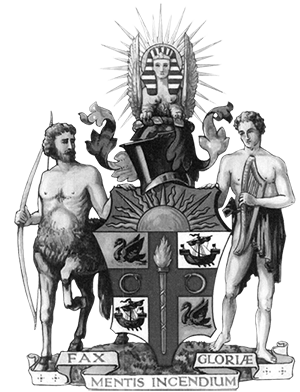Info » Transurethral Resection of Prostate (TURP)
Info » Transurethral Resection of Prostate (TURP)
The prostate gland is a reproductive organ present in men. It sits at the outlen (base) of the bladder and surrounds the tube through which you pass urine (the urethra). Its role is to produce part of the semenal fluid (ejaculate) to provide nutrition to sperm.
The prostate gland grows slowly throughout life. In some men it enlarges to such degree that it cause obstruction to the flow of urine and following symptoms:
If left untreated the prostate can sometimes completely block the urethra and outflow of urine. This is called acute urinary retention and the bladder becomes stretched and painful. In this situation a tube called catheter must be placed in the bladder to empty it.
This is an operation to create a larger channel through the prostate gland. This will prevent or relive obstruction of flow of urine. During the operation a small telescope is passed through the urethra and instruments are used to core out the inside of the prostate gland. There is no wound and no stitches are needed.
The operation will be done either under general anaesthetic (with you asleep) or under spinal anaesthetic (with you awake but numb from the waist down). The anaesthetist will discuss with you prior to the operation which option is the best for you.
The length of stay in hospital varies from 1 to 3 days usually and depends on the amount of tissue that needs to be removed during operation, amount of bleeding as well as your recovery and home circumstances.
During the operation the prostate tissue has been resected away leaving a raw area that heals slowly over the next few weeks. While it is healing, the area can bleed. You will have a plastic tube (catheter) placed in your bladder at the time of surgery through the penis. The catheter allows fluid to be passed up through the bladder to wash out blood and urine which drains into a bag. Do not be alarmed to see blood in the catheter bag, this is normal.
Pain is unusual after this operation. Some patients have an urge to pass urine even though the catheter drains urine from the bladder as the catheter can irritate the bladder. This is also normal and you will realise that urine is flowing out of the bladder without needing to strain.
Occasionally, a small blood clot can block the catheter and if you feel your bladder is full, please let the nursing staff know so they can flush the catheter to clear it. Catheter is removed after 2-3 days and you will be allowed to go home.
80% of men will have significant improvement in their overall urinary symptoms. However some urinary symptoms are expected in the first 4-6 weeks after the operation:
You will see some blood or small blood clots in your urine after the catheter has been removed but this will settle over the next few weeks. A little extra bleeding is common 10-14 days after the operation as the scab formed in the prostate comes away. Do not over exert yourself in the first month after the operation. This includes sex, strenuous exercise and sports as this will increase the risk of bleeding.
You can eat normally, but try to ensure a good intake of fruit, vegetables and other high fibre foods to help avoid constipation. Drink at least 2 litres of fluid each day for the first two weeks to help with flushing process and to prevent infection. Alcohol is permitted in moderation.
Do not drive for the first two weeks after the operation. Usually it is safe to resume work 2-6 weeks after your surgery depending on the type of work. Heavy manual work will require longer time off.
Any type of surgery has potential risks and complications. General complications relating to anaesthetic or blood clots in the legs and lungs are quite uncommon with this operation. Some of the more specific potential complications with TURP include:
We will see you several weeks after your operation for review of your symptoms and also to discuss the results of pathological examination of the prostate tissue removed during the operation. Occasionally this shows cancer and this might need to be addressed.
Mr Serge Luke
MBChB MD FRACS
Consultant Urologist

ROYAL AUSTRALASIAN
COLLEGE OF SURGEONS

Mr Alastair J. Hepburn
MBChB FRACS
Consultant Urologist